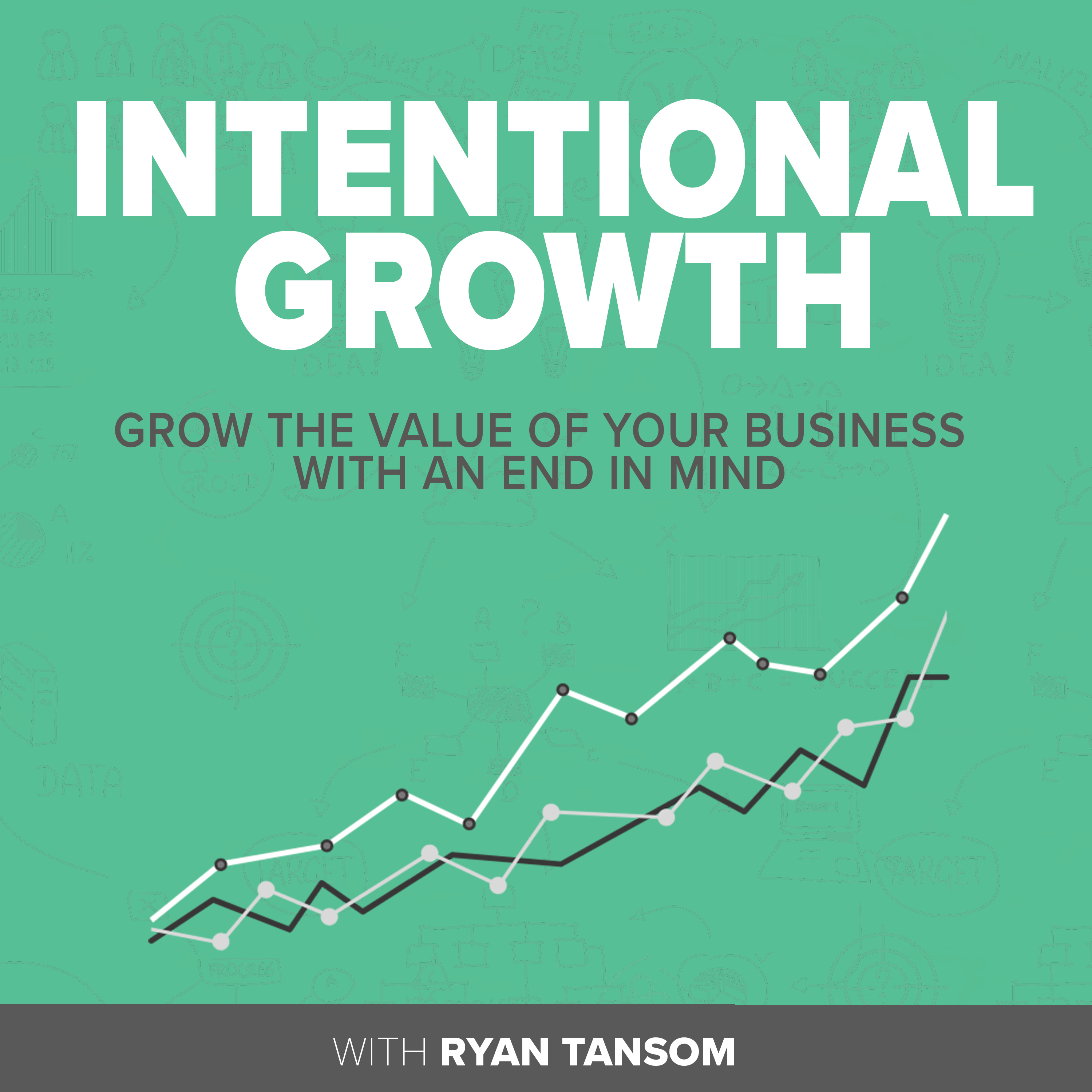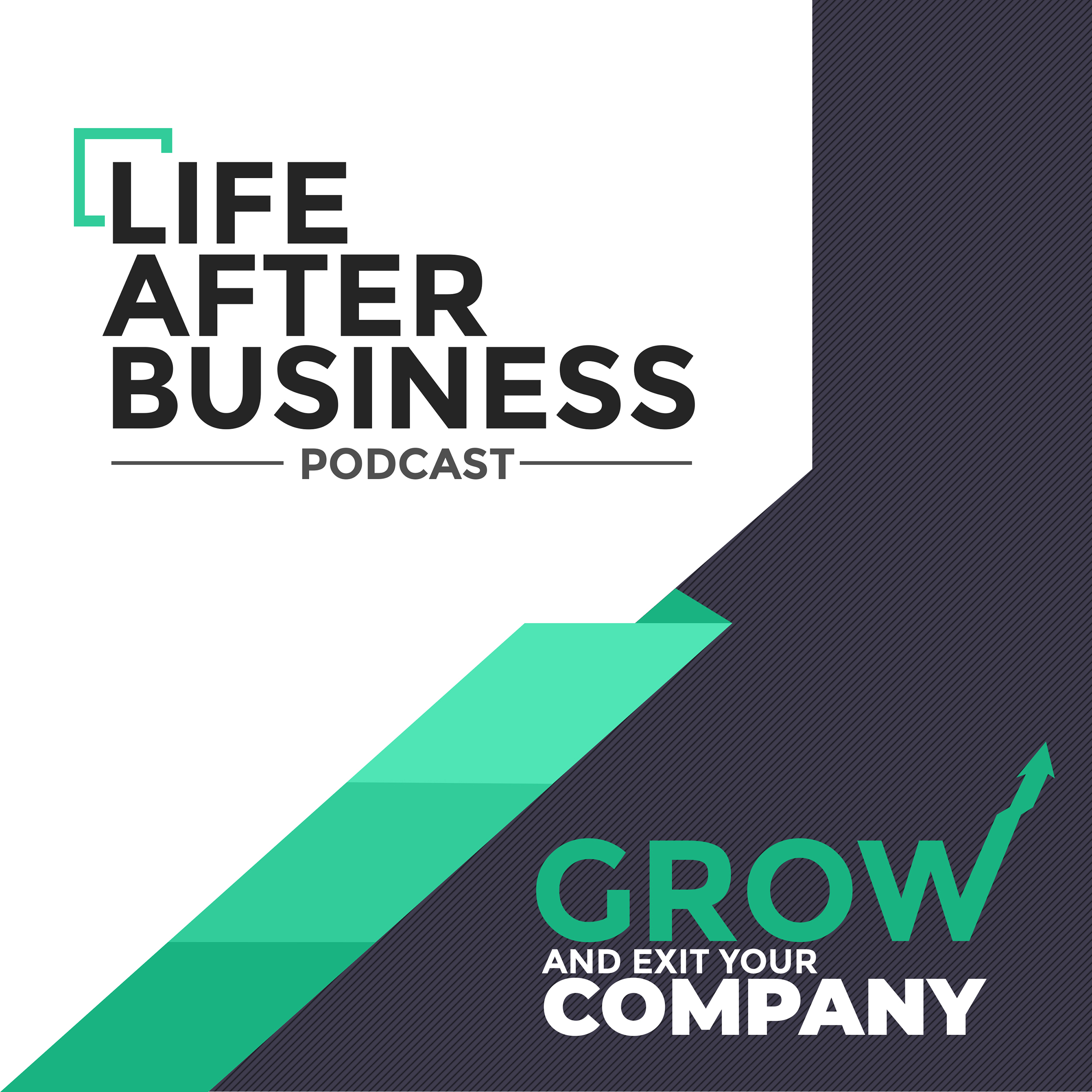Mike Paton joins me today to talk about how EOS® (the entrepreneurial operating system) and Traction can help you accelerate your business. Mike is the “visionary” of EOS Worldwide. He is a consultant to the massive client base looking to EOS® to identify the problems and strengths of their businesses. He shares what his job entails and how someone like him can help a struggling business.
As an adopter of EOS® in my own business, I highly recommend this operating system for small businesses. It is a great tool. Mike and I explain the two-year process that businesses go through to get their business into a healthier state. EOS is not a quick process, but it is totally worth the time and resources invested in it.
We’ve talked in the past about making things easier in your business by using all the tools you have available to you. Today we’re talking specifically about EOS, or Entrepreneurial Operating System, as a way to free up some of your time and help you run your business more efficiently. Not every company is a good fit for EOS, of course, but our guest today (Mike Paton) says it’s important to pick just one operating system to work with so everything aligns in the software world and also between the humans who use those systems.
Mike identifies six key areas to assess when looking at implementing an EOS®. Typically once EOS® is in place, if there are issues in these key components, you’ll see evidence of that pretty quickly and therefore be able to get to the root of the problem. In Mike’s own words, here are the 6 key components of EOS® in order to gain Traction® that you should evaluate:
While you might be having a “well no kidding” moment relating to doing the due diligence on your company, it’s worth mentioning that these items rarely get looked at closely or objectively enough without outside counsel. So, really: where are your weaknesses? How can you fix or address them?
Mike admits that the concept behind EOS® is simple; however, the implementation is hard. You need to be very diligent on how you implement EOS® and Traction®. How do you get your partners or team back on track if their vision no longer matches up to yours? Is your conflict resolution a little lackluster? When you start looking at your business with a critical eye to improving it, do you see a lot of risks?
Well guess what? Your potential buyer will see those as well. Implementing one type of operating software program that can streamline your operations (yes, hence the name EOS®) will help you decrease the actual and perceived risks. Oftentimes, simply acknowledging an issue can take the bite out of it and thus make it seem like less of a risk to a buyer.
If you choose an EOS®, great. If not, great. The importance is to start streamlining things where you can. The sooner you’re able to identify your issues, the sooner you can start targeting and fixing them. Plus, having a head’s up on a potentially problematic financial situation six months sooner can make all the difference in the world! Same with if you’re struggling in another, perhaps intangible way such as with brand appeal. The more time you have to take action, the more effective that action will be.
Essentially, having an ‘at a glance’ of potential issues for your company will allow you to perform triage to improve how your business operates and hopefully also your bottom line, making you more appealing to a buyer. After all, this is a podcast about ensuring a successful life after the sale of your business.
You might not be ready to sell your business today, but eventually you will need to exit or transition your company. No matter what you decide to do, it is always a good idea to get things in order. Sounds grim, but it’s not. If you sell, you’ll get more money for a less risky and more profitable business; if you pass it on to the next generation, they’ll have a more finely tuned machine to grow with. Either way, get to know your 6 key components and start working on the ones you’ve identified as weak.
This is also the other side of EOS®. While it helps you take care of the integrity of your business, it also helps you secure its legacy and your peace of mind. We work so hard at building our business and making it stable because it’s our passion, our baby. So now that we’ve grown it to such a size that it is too big for just our two hands, we need to rely on other people. But sometimes that has meant we’ve given up the very reason we started the business: we are the visionary! We see it, we build it. But not we’re running it in the day-to-day operations. We’re no longer doing just big vision stuff; now we’re doing payroll or inventory or customer relations.
If that’s what you love to do, read no more. If that’s not what got you into this business in the first place, then consider this other aspect of EOS®: it helps things run more efficiently and can point out those areas you clearly need outside help, which frees up your own time to start looking at what makes you happy and what your passions are.
Whether you use this information to sell and start something new or simply to carve out the role that more appeals to you is up to you. Either way, becoming more of a passive owner (someone who works on not in their business) should be one of your top goals so you can regain your sense of achievement and fulfillment.
Are you working in the role that fulfills your passion? Try looking at those 6 key areas if not.
I have one big takeaway from this episode. First of all, everybody needs an operating system to effectively run their business. EOS is not an easy process, but the work is totally worth it. Our company has greatly benefited from this operating system and we are a better and happier company for it.
GEXP Collaborative
Get A Grip: How to Get Everything You Want from Your Entrepreneurial Business by Gino Wickman and Mike Paton
EOS Worldwide
Mike’s email

This is Part 2 of a 2-part series with Saud Juman, who last week shared his sensational journey on becoming intentional. This week, we...

Matt Boettner is the CEO and President of All Safe Global, a compressed gas company. Matt came into the business in 2009 and bought...

When approached by an inventor with 7 patents for a new giant fake tree hunting blind, Clint Fiore went out on limb (a very...